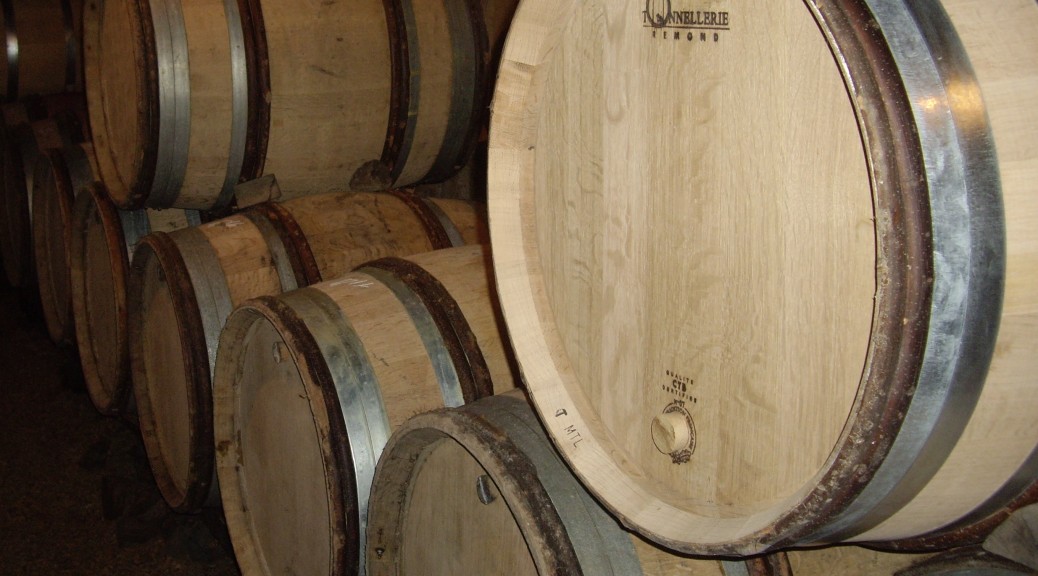What I Learned:
The Jura wineries are not that far from Burgundy’s wineries, but they are figuratively-speaking a world apart. Like their famous counterparts, the Jura wine-makers are just as proud of their line of products, which have centuries of tradition behind them.
At the height of wine production in the Jura, there were approximately ten times the number of hectares devoted to vineyards than there are now. Today there are 4 recognized AOC: Arbois, Chateau Chalon, Cotes du Jura and Etoile. In this northeastern part of France, every grape counts, and as a result, the relatively limited grape juices are carefully vinified in the regional, traditional processes.
The uses of unusual varietals and wine-making techniques result in wine production that is unique in a couple of different ways.
First, there are the distinctive varietals used to make the wine. Savagnin, a white varietal also known as Gentil Blanc, Blanc Brun and Fromentais, among other names, has been harvested here since the 13th century. Today it accounts for approximately 14 per cent of the annual regional grape harvest. It is grown nowhere else for wine production. Two red varietals, the Trousseau (the least grown varietal) and the Poulsard (or Ploussard), accounting for approximately 21 per cent of the region’s annual grape harvest, are little known outside the Jura Region.
Secondly, you find the unique, old tradition of “Vin Jaune”, literally “yellow wine.” During its aging period (a minimum of 6 years), the casks are not topped off. The mixture of air with the surface of the wine results in a yeast developing on top. The final result is a rich-tasting wine that has a wonderful yellow tone: ranging from pale to light amber. It even merits its own bottle, a clavelin, which contains merely 620 ml of this nectar.
This region also has a wine production technique similar to that of the Valpolicella Region in northern Italy: Grapes are harvested, then left to dry on straw (paille). When pressed, the resulting wine is known as Vin de Paille (Straw Wine). Unlike the Italian Amarone though, these straw wines come from white varietals.
What I Tasted:
2011 Savagnin, Cavarode Savagnin Ouille: Taste of hazelnuts, slight citrus and smoke notes, dry and a bit tart with light to medium mouthfeel.
2009 Savagnin, Fruitiere Vinicole D’Arbois, Chateau Bethanie: Nutty and very dry, like a wisp of smoke in the mouth. Reminiscent of sherry.
2009 Trousseau, Domaine Jacques Tissot-Arbois, Arbois Trousseau, Appellation Arbois Controlee: hints of smoke, wild berries, and spices; with medium mouthfeel that has a peppery bite to it.
2006 Vin Jaune, Berthet Poncet – Chateau Chalon: dark gold color with nutty flavors, and a hint of nutmeg.
Vin de Paille, Epicure, Buronfosse: this cuvee had vanilla and nut flavors, a hint of smoke with a heavy syrup-like mouthfeel. It had 3 years of aging.
